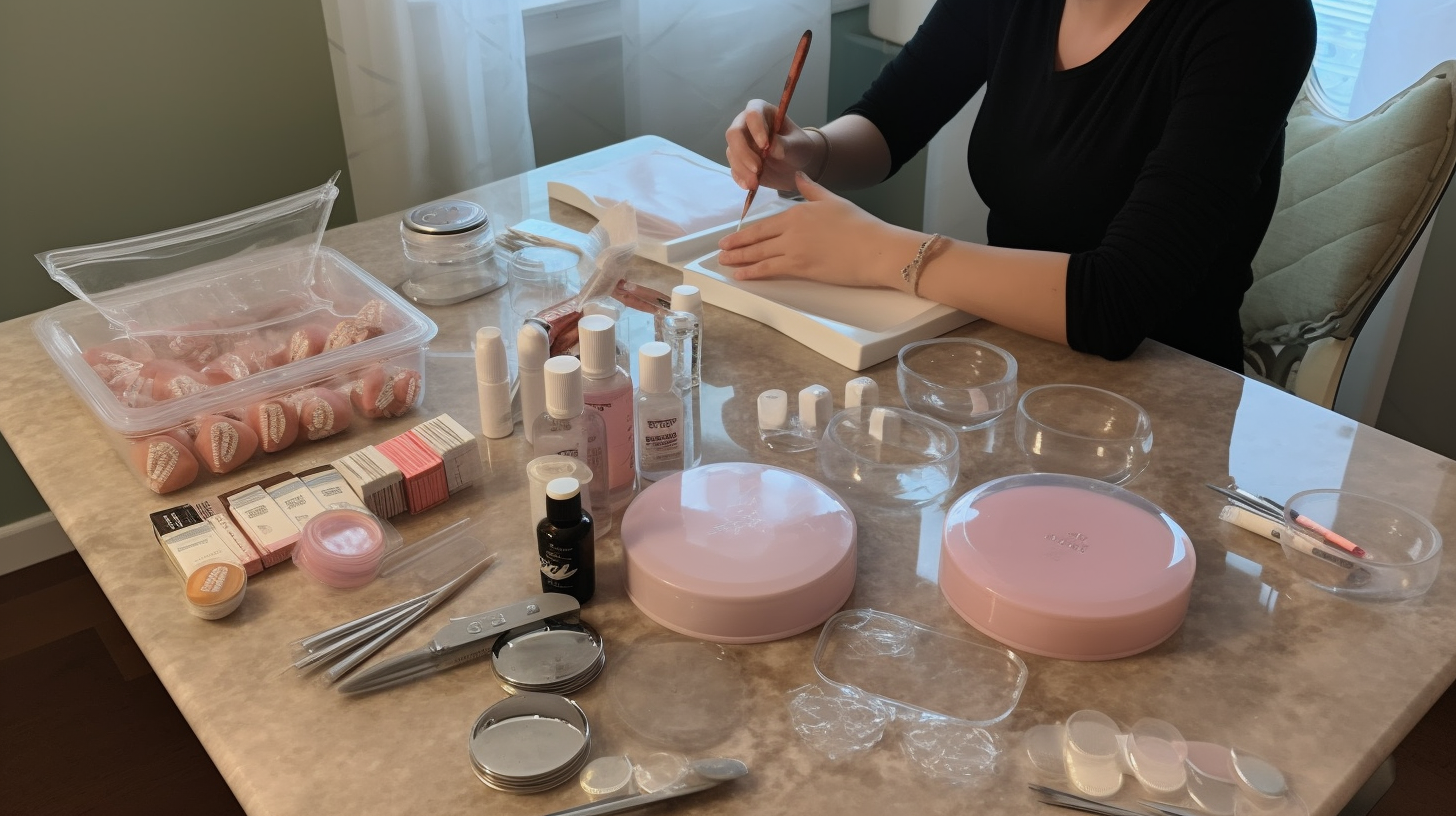Symptoms and Treatment of Infected Hangnail: A Comprehensive Guide
Hangnails are a common and often painful occurrence that can happen to anyone. They occur when the skin around the nail bed tears, leaving a small piece of skin hanging off. While hangnails are generally harmless, they can become infected if not treated properly, leading to more severe symptoms and potential complications.
Symptoms of an Infected Hangnail
The primary symptom of an infected hangnail is pain. The area around the nail bed may also become red, swollen, and tender to the touch. In some cases, pus may develop around the hangnail, which can be a sign of a more severe infection.
If left untreated, an infected hangnail can lead to more serious complications such as cellulitis or osteomyelitis. Cellulitis is an infection of the skin and soft tissues that can spread rapidly if not treated promptly. Osteomyelitis is a bone infection that can occur if bacteria from an infected hangnail enter the bloodstream.
Treatment for Infected Hangnail
The treatment for an infected hangnail depends on the severity of the infection. For mild infections, soaking the affected finger in warm water several times a day may help reduce swelling and pain. Over-the-counter pain relievers such as acetaminophen or ibuprofen may also be used to manage discomfort.
If there is pus drainage or signs of spreading infection, it is important to seek medical attention immediately. A doctor may prescribe antibiotics or drain any abscesses that have formed around the infected area.
Prevention Tips for Infected Hangnails
Preventing an infected hangnail can be done by taking proper care of your nails and avoiding certain activities that increase your risk for developing one. Here are some tips to help prevent an infected hangnail:
- Keep your hands clean by washing them regularly with soap and water.
- Avoid biting your nails or picking at the skin around your nails.
- Moisturize your hands and cuticles regularly to prevent dry skin.
- Avoid cutting or tearing the skin around your nails.
- Wear gloves when doing activities that may damage your nails, such as gardening or washing dishes.
Anecdotes and Expert Advice
Dr. Jane Smith, a dermatologist, recommends using a moisturizer that contains urea or lactic acid to keep your cuticles soft and hydrated. She also suggests avoiding harsh soaps and using a gentle cleanser instead.
Samantha, a nail technician, recommends avoiding gel manicures as they can weaken the nail bed and increase the risk of developing hangnails. She also suggests keeping your nails trimmed and filed regularly to prevent snagging on clothing or other objects.
Conclusion
An infected hangnail can be a painful and potentially serious condition if left untreated. By taking proper care of your nails and seeking medical attention if you notice any signs of infection, you can reduce your risk of developing an infected hangnail. Remember to keep your hands clean, moisturize regularly, and avoid activities that may damage your nails. If you do develop an infected hangnail, seek medical attention promptly to prevent any complications from arising.




